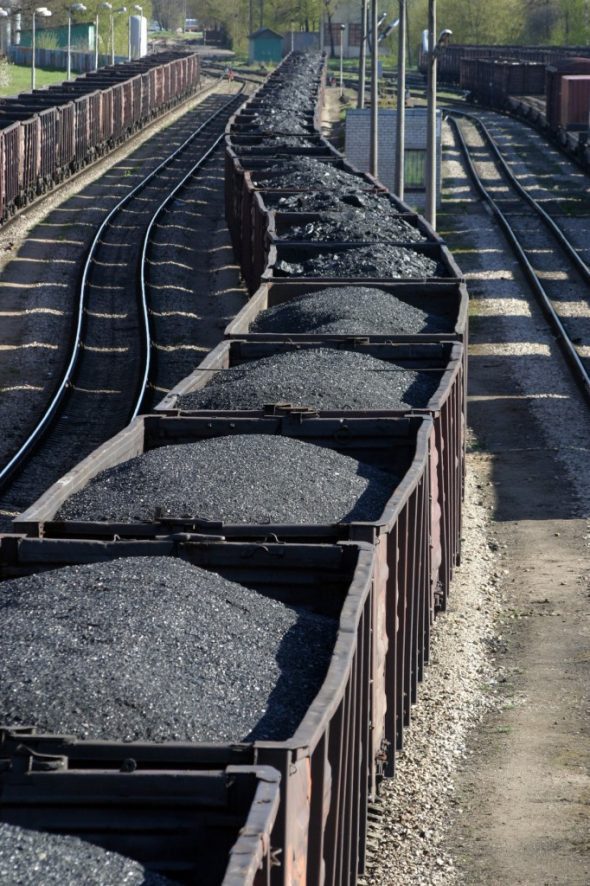The obstacles to India’s ambitious energy transformation are like everything about India: vast, interrelated, and complex. Yet momentum has a way of rolling over obstacles, and – borrowing from Hindu mythological iconography – Prime Minister Narendra Modi has harnessed the “seven horses” of energy to push the government’s fast-growing electricity-sector transition.
A year into the program, all the evidence suggests momentum is building on a number of key fronts. We’ve published a paper today that explores this phenomenon in detail.

The Modi government’s goal is to build energy security by diversifying supply reliance beyond coal, hydro, nuclear and gas to significantly expand production of wind, solar and biomass-fueled energy. The program includes the addition of 175 gigawatts of renewables by 2022 and a rapid acceleration in the deployment of distributed-energy microgrids.
A key component of this transformation will be a sustained reduction in the aggregate technical and commercial (AT&C) loss rates of 26 per cent, that is, a drastic fix to a grid system through which electricity today is commonly stolen. Also crucial to the program’s success: Reform of the state-based distribution companies (Discoms) to resolve unsustainable net operating losses, which totaled $11 billion in 2012-13 alone.
Our research models a 60 per cent, or 500 terawatt hours, increase in net electricity demand to 1,318 terawatt hours per annum through 2022. Reducing AT&C losses by just 1 per cent per annum could deliver a 114-terawatt savings, equating to a whopping 23 per cent of India’s required increase in net electricity generation.
And if energy-efficiency initiatives can deliver a net electricity savings of just 1 per cent per annum, those likewise could reduce required electricity generation growth by 75 terawatt hours, or 15 per cent of the total required.
Solar electricity installs of 75GW by 2021-22 could deliver 110TWh or 22 per cent of the required electricity increase.
Access to international finance is key, too, and Softbank’s $20 billion endorsement in June shows the momentum in this realm.
Plans to take wind installations to 60 gigawatts could deliver 19 per cent of the increase. A combined capacity expansion across nuclear, gas, biomass and hydro could deliver an additional 25 per cent.
The net result: India supply enough net electricity gains support 7 per cent annual gross domestic product (GDP) growth in the seven years through 2022. That’s a 60 per cent overall increase, with coal-fired electricity delivering only 32 per cent of the total expanded electricity production required. Even on this point, a 1.25 per cent per annum improvement in average thermal efficiency of coal-fired power plants could reduce the required increase in coal tonnage by a cumulative 65 million tonnes per annum.
Energy Minister Piyush Goyal has been so bold as to say the country can cease thermal coal imports entirely soon, an ambition that is utterly feasible. It’s likely, in fact, that India’s ambition to double its domestic coal production to 1,500 million tones per annum by 2021-22 will oversupply India by 400 million tones per year.
In other words? The end of India’s coal-import market may not be all that far away.
Tim Buckley is IEEFA’s director of Energy Finance Studies; Jai Sharda is managing partner of Equitorials, a research firm specializing in Indian energy markets.
This article was originally published by IEEFA.org. Read more here: http://ieefa.org/indias-energy-transformation-suggests-the-end-of-coal-imports-soon/










